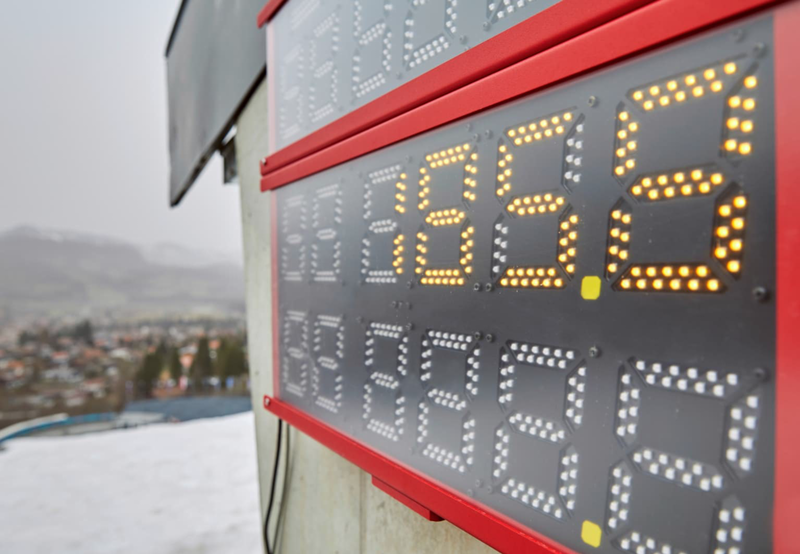Foundation for optimizing the entire value chain
Edge computing is closely tied to cloud computing, with the latter gaining importance in Industry 4.0 projects. Though relatively new, edge computing’s potential is exemplified by the EPC 1502 edge device.
A user needs an Internet connection to link systems to a cloud for data evaluation and storage. However, for applications requiring quick data processing, public cloud solutions are unsuitable due to Internet latency. Users are increasingly using Edge computing for these smart applications. Phoenix Contact’s edge devices, based on the PLCnext Technology ecosystem, combine robust industrial PCs with an open automation platform. This approach enables intelligent IoT edge concepts and optimizes the entire value chain by processing and analyzing large data volumes locally.

Easy to integrate box for collecting local data
Edge devices have broad applications, where data needs to be analyzed or is already being analyzed in the cloud. When developing edge applications, users often ask how to centrally accumulate data. Creating autonomous vehicles, traffic light systems, or intelligent thermostats that benefit from edge computing can be complex. The edge device must be flexible and able to collect large amounts of data from various sensors and manufacturers. Additionally, field devices use different industry protocols, and much of the data is analog, making accumulation challenging.
The tailor-made Edge Collection Box from Phoenix Contact is ideal for collecting local data. It gathers digital, analog, and temperature signals via connected sensors and integrates easily into existing production environments. Furthermore, Data collection takes place in parallel, preserving the CE marking of machines. The main component, the EPC 1502 PLCnext Control with an IIoT framework, facilitates easy collection of energy and process data using industry-standard communication protocols.

Secure Data Box as a secure interface to higher-level IT systems
Once data is collected and analyzed locally via the edge device, it often serves as an intermediate layer to the cloud. Transferring summarized data, evaluated alarms, and analyses securely to the cloud can be challenging. Moreover, Phoenix Contact’s Secure Data Box, used with the Data Collection Box, provides a secure interface between the production network and higher-level IT networks, external service providers, and cloud systems. The integrated FL mGuard security router’s firewall blocks unauthorized access, allowing only necessary data traffic. Via the mGuard Secure Cloud app, one can access the EPC 1502 edge device for remote maintenance information.
Reliable operation of automated guided vehicle systems
Additionally, using an edge device in an automated guided vehicle system (AGVS) bridges the gap between classic control functions and AGVS navigation. It offers a plug-and-play interface for the Robot Operating System (ROS) and supports high-level language programming, the ROS interface, and Docker software, allowing users to implement their own approaches. The PLCnext Technology online store provides apps for sending firmware and application updates to all controllers.
Furthermore, the edge device provides a secure entry point for remote maintenance and displays collected data via dashboards. AI algorithms analyze data to detect anomalies, enabling predictive maintenance and minimizing downtime. With atypical interfaces, data can be forwarded via WLAN, saving on cables. The large internal storage allows for long-term local data storage. Edge devices are essential for the reliable operation, efficiency, and flexibility of automated guided vehicle systems.

Wide range of possible uses in large and small applications
There are various applications for Edge computing. Ready-to-install edge boxes simplify implementing large systems that collect data using different protocols. Moreover, existing systems can be easily converted to edge computing with integration-capable solutions installed outside machines, retaining their CE marking. In smaller systems, edge devices must support many protocols and apps to provide added value with simple installation.
Read more about edge computing and PLCnext Technology




















